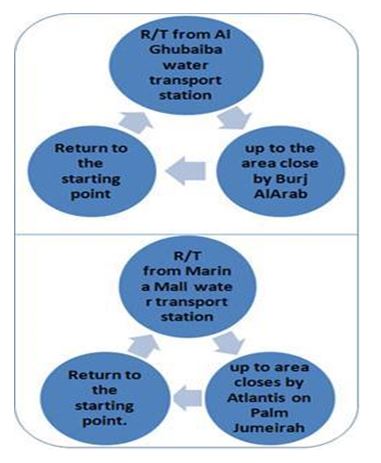Currently, Dubai is experiencing a construction boom. Dubai has a population of 1.2 million people as per 2006 estimates and is projected to reach 4 million by 2017. The growth of Dubai has continued to infringe the virgin desert where there are no zoning codes, preservation battles, or community activism. There is urban sprawl being experienced in the city with major schools located in one main route. Residential areas far from commercial areas cause an extreme overdependence on transport, especially private transport to access these areas (Bagaeen, S 2007, p. 179).
Skyscrapers fronting the beachfront and the major transport corridors mostly the Sheikh Zayed Road characterize the development. There are several gated communities. The Emirate’s Golf Club creates an artificial green slice. The high-tech and media companies are on the west side characterized by the office park and the glass office blocks. Single developers making most of the architectural form of buildings that are similar own major chunks of land in the city. Public space is in most cases not provided. There is a new trend of mixed-use development upcoming in the city. Recent developers such as Sobha Group tend to edge towards mixed-use development patterns.
The Dubai Desert Conservation Reserve that is a 225-square-kilometer reserve has been specifically established for conservation purposes.

However, in the recent past, Dubai has featured as the top least environmental-friendly city owing to its over-dependence on air conditioning and desalinated water. This has led to an uprise in environmentalist campaigns especially those encouraging sustainable buildings and green architecture. The per-capita household waste in Dubai is however alarming. Most of this waste is dumped at the sea and on land. The sewerage treatment plants are also congested because of the recent population increase that has led to land being set aside specifically to handle the treatment of the wastes.
Reference
Bagaeen, S 2007, ‘Brand Dubai: The Instant City; or the Instantly Recognizable City’, International Planning Studies, vol. 12, no. 2, pp. 173–197.
